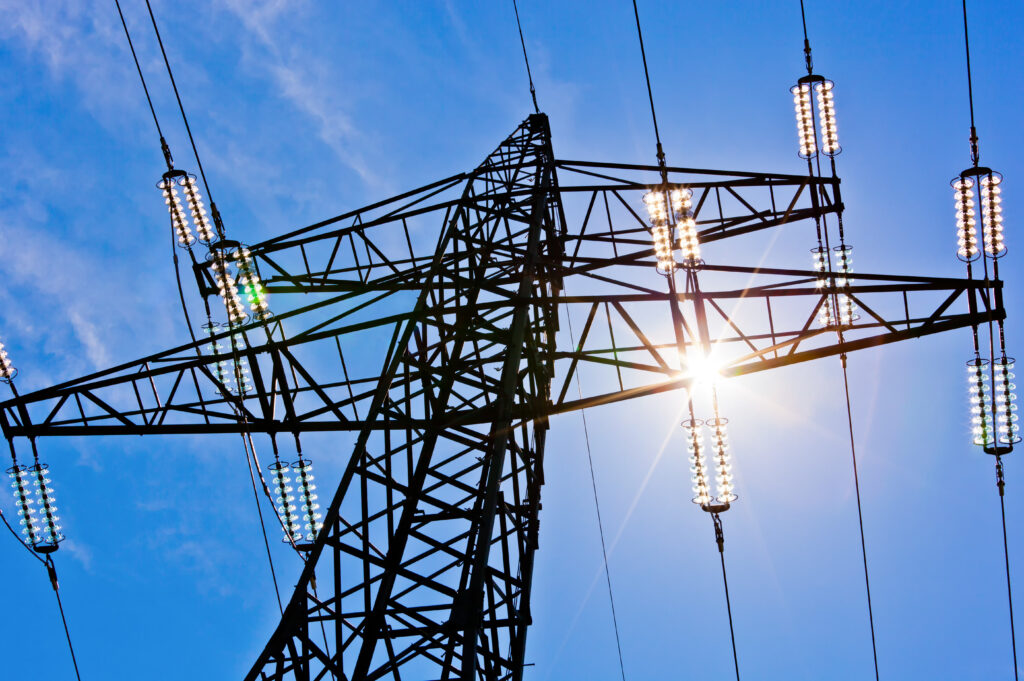INTERVIEW: Turning Brownfields Green – A Golden Opportunity
Low Carbon Alliance Managing Director, Simon Crowe, discusses the benefits that brownfields offer for power generation with Hilco Valuation Services for their Spring Edition of “Sustainabily Speaking”.
The UK has nearly 30,000 hectares of brownfield sites (land on which a permanent structure has previously been built), according to CPRE, The Countryside Charity, which advocates for building new homes on these locations. While this is an excellent way to regenerate urban blight and limit sprawl, it is not the only beneficial use we can make of these spaces. With the exception of the data centre sector, the property market has failed to account for a valuable asset brownfields may possess: grid connection and
power capacity. A good connection on poor brownfield land can increase the value of the property tenfold.
Historically, our power has come from large scale, centralised power stations – originally coal, then gas and first generation nuclear sites. But legislation to tackle climate change – starting in the 1990s with the Kyoto Protocol, followed by the Paris Agreement in 2015 and then to the UK’s legally binding commitment to net zero by 2050 – has led to the need to decarbonise the grid power supply. We are transitioning to a decentralised system to accommodate low and zero emission forms of power generation, i.e. renewables.
Today, anyone can become a power generator using the roof of their home or business, or by leasing land to someone who can build a solar farm or a wind turbine. To do so requires a building or land, planning permission, money (of course)… and, vitally, a grid connection. The challenge is that over the last 20 years of this decentralisation process, with the development of onshore wind, solar and batteries, the grid has come under enormous strain.
“As a developer, you may want to build a new renewable energy generation project… but the system is at maximum capacity.”
Gridlock
The grid is comprised of two networks: transmission and distribution. The transmission network consists of the very large pylons running at 400 kVA that pushes power out of massive centralised power stations to a lower voltage network – the distribution network, which was designed to deliver power to homes and businesses. However, as these decentralised energy plants (solar and wind) have connected into the distribution network, substations and cables originally designed only to supply power are now also receiving it.
The substations and circuits are bidirectional, so in theory, this isn’t a problem; however cables and circuit breakers all have a voltage limit before they trip. As time has gone on, we’ve seen more and more constraints in the system, initially at the 11kV level, then the 33kV level and now on the 132kV and transmission network. The network requires massive investment in reinforcement to accommodate additional power generation from renewables; but also to distribute more power as we electrify our vehicles, and swap gas heating for electric heat pumps.

As a developer, you may want to build a new renewable energy generation project, but the system operators, who ensure the grid functions at optimum capacity, and the network operators, who manage energy infrastructure, will present you with an eye-watering connection cost and a connection date beyond 2028 because the system is at maximum capacity. It simply can’t accommodate anymore until the reinforcement is built. As the developer, you have to pay for reinforcement of the network – building a new substation or substations and reconductoring overhead lines. More often than not, this makes projects financially unviable.
But… if you own a brownfield that already has a large connection or multiple connections from previous use – perhaps it was the site of a decommissioned data centre or manufacturing plant that consumed a huge amount of power – then you could potentially develop that land (or land adjacent to it) for an energy project utilising the existing grid connection, and thereby saving you the cost and headache of creating a new one.
While the process to make use of these connections can be intense and require strong technical expertise, the resulting ROI can be well worth the effort. The monetary value of existing grid connections has yet to be appreciated and priced into real estate. It is an untapped resource with great potential.
With thanks to the team at Hilco Valuation Services https://www.hilcovaluationservices.com
ABOUT HILCO VALUATION SERVICES
Hilco Valuation Services is one of the world’s largest and most diversified business asset appraisers and valuation advisors. Hilco Streambank and Hilco Valuation Services are trading names of Hilco Appraisal Limited.

